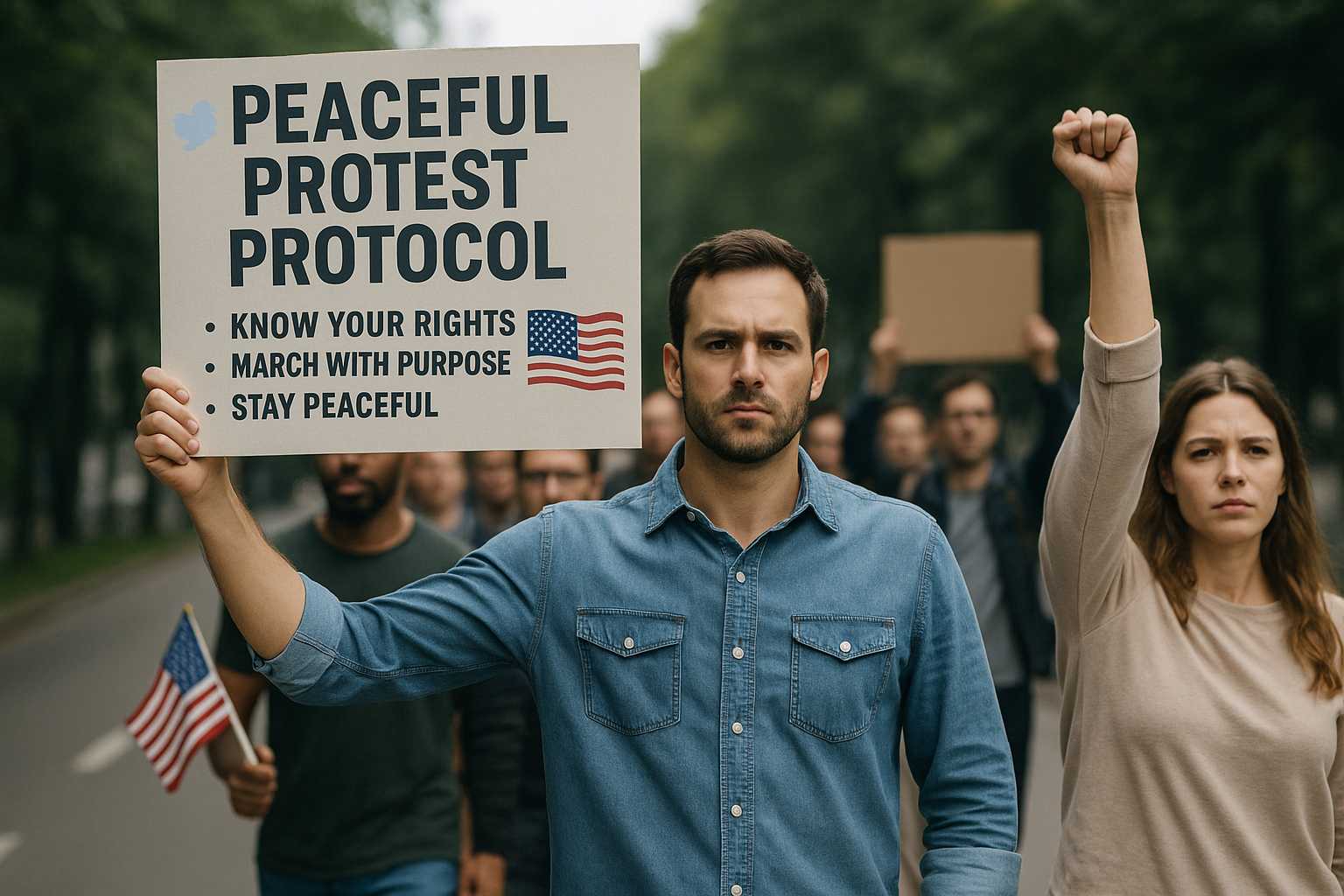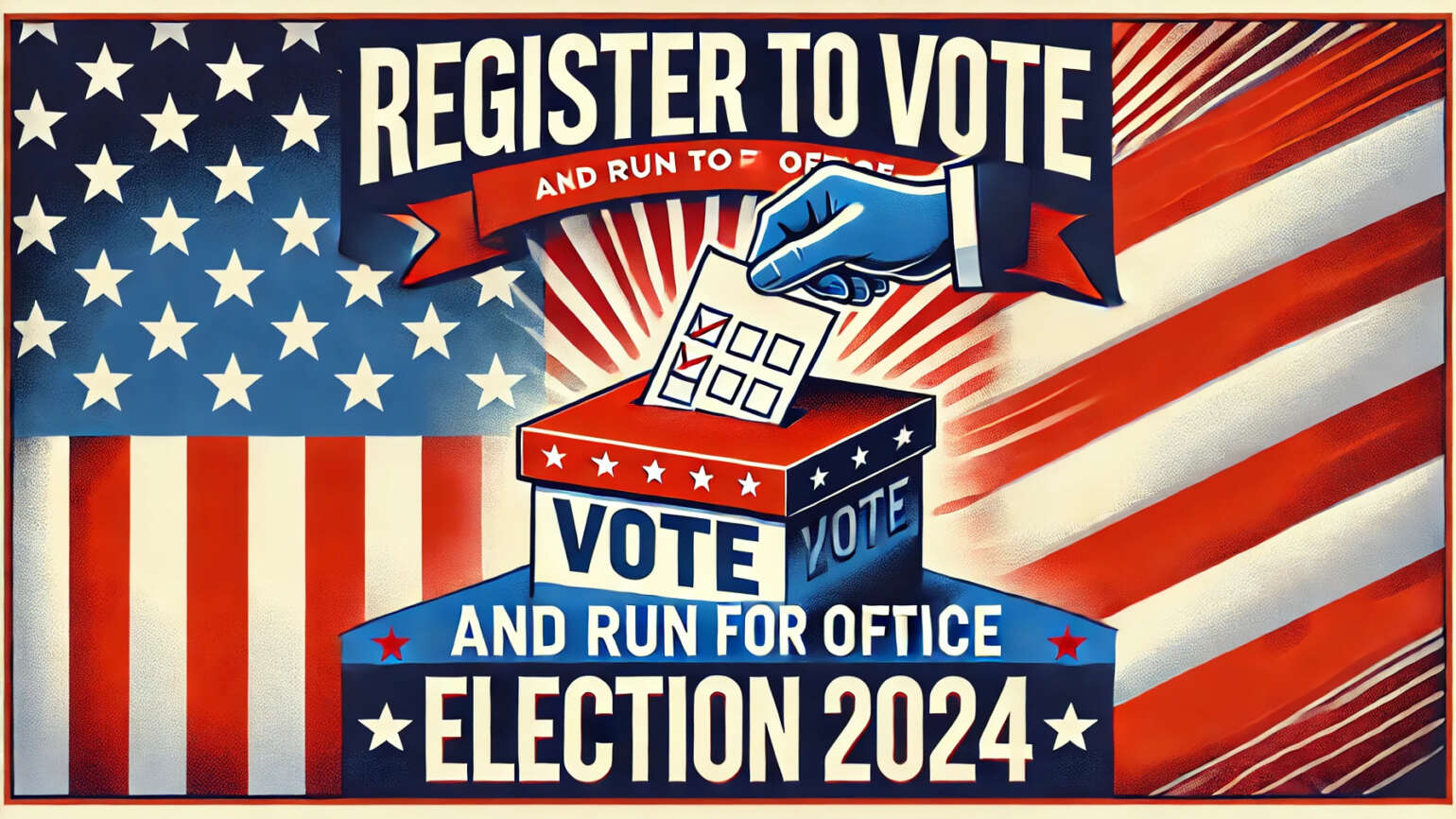A Common-Sense Guide to Staying Legal, Safe, and Effective While Protesting in America
At iVoteMyVote.com, we fully support the right to peaceful protest—a powerful pillar of democracy. But we also recognize that exercising that right responsibly is the best way to avoid being silenced by arrest or legal issues.
This guide outlines essential, common-sense protest protocols to help citizens express themselves clearly, safely, and legally.
✅ Step 1: Know When a Permit Is Required
Whether you’re marching solo or in a group:
-
Check your city or local government’s website for requirements.
-
Most public demonstrations involving marches, large crowds, or amplified sound need a permit.
-
Some areas have “free speech zones”—know where these are, and what rules apply.
-
Failure to get a permit can turn a peaceful act into an unlawful one—always do your homework before taking to the streets.
🧾 Step 2: Understand Your Rights (and Their Limits)
Your First Amendment rights protect:
-
Freedom of speech
-
The right to peaceably assemble
-
The right to petition the government
However, these rights do not allow:
-
Violence, threats, or destruction of property
-
Trespassing on private property
-
Disobeying police orders in restricted or emergency situations
Stay public, stay calm, stay legal. Know your boundaries.
🗽 Step 3: Using the American Flag in Protest – What’s Legal?
The U.S. flag is a powerful symbol. Here’s what’s protected by law:
-
✅ Displaying the flag upside down is legal symbolic speech, traditionally used to indicate distress or protest.
-
⚠️ Burning the flag is legally protected as free expression under Texas v. Johnson (1989), but may cause backlash or be regulated in certain areas. Use discretion.
-
❌ Defacing flags on government property or others’ property is not protected.
Use the flag to support your voice, not undermine it.
⚠️ Step 4: Avoid Actions That May Trigger Arrest
Protect your protest by avoiding:
-
Aggressive confrontation or yelling directly at law enforcement
-
Wearing masks or face coverings if prohibited in your area
-
Blocking traffic, doorways, or access to emergency services
-
Carrying unapproved items like sticks, spray paint, or fireworks
TIP: Stay with a group, carry identification, and write a legal aid number on your arm.
🧠 Smart, Safe Protest Tips
-
🧴 Bring water and snacks
-
🔋 Carry a phone charger or power bank
-
📞 Write down emergency contacts in case of arrest
-
🎥 Record peacefully if possible, but never interfere with law enforcement
-
🚪 Have a clear exit plan if the situation escalates
-
👥 Use a buddy system—never protest alone
📉 What Happens If Things Go Wrong?
Even peaceful protesters have been arrested. Here’s how to protect yourself legally:
-
Stay silent if arrested — ask for a lawyer immediately.
-
Do not sign any paperwork without counsel.
-
Contact local civil rights or legal aid groups for support.
Organizations like the ACLU, National Lawyers Guild, or local public defender networks often provide “Protest Support Lines.” Write that number down ahead of time.
🔍 Final Word
You have the right to protest—but use it wisely.
At iVoteMyVote.com, we believe protesting with purpose and peace is the path to change. By following the law and staying informed, you maximize your impact and minimize your risk.
Remember: A calm, informed protester is more dangerous to injustice than a loud, reckless one.
📢 Have Your Story Heard
Were you part of a protest? Did your voice make a difference?
✍️ Share your experience or advice at:
👉 www.iVoteMyVote.com
Let’s keep the movement safe, smart, and strong.



